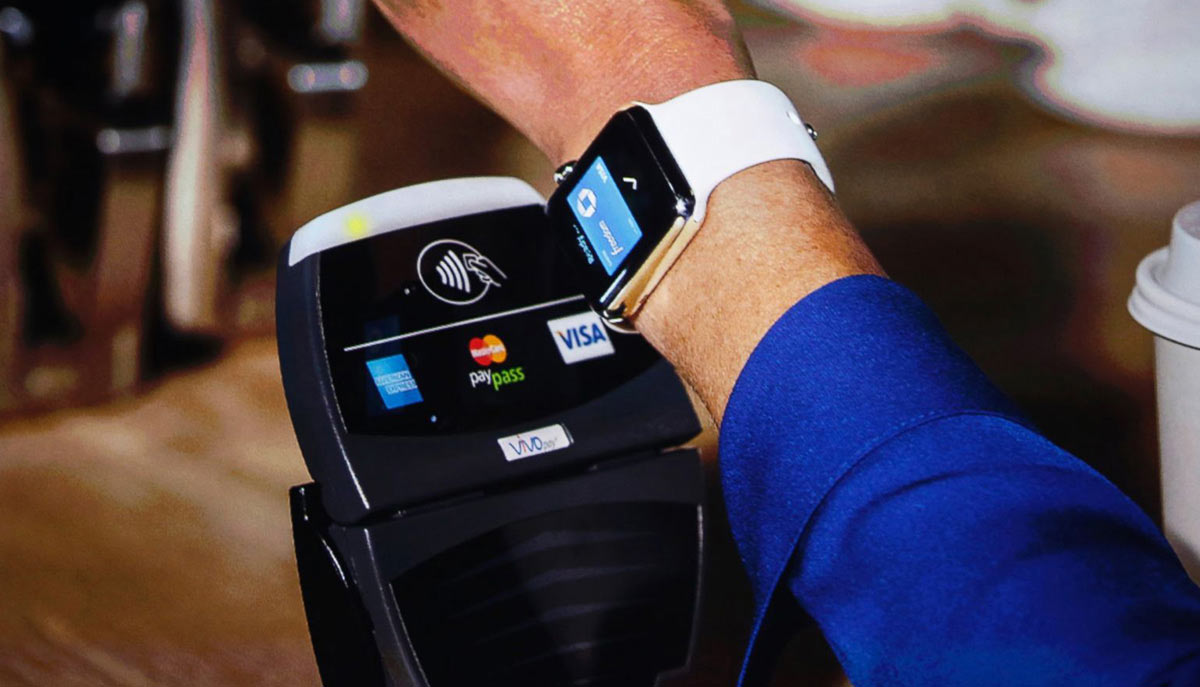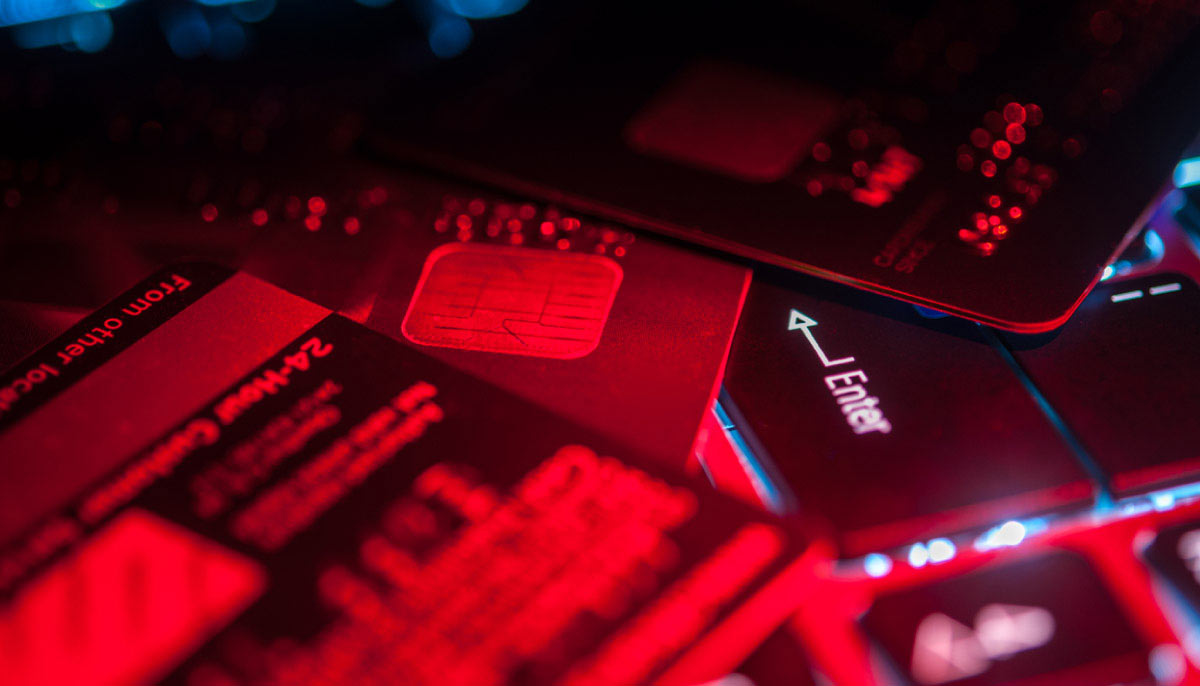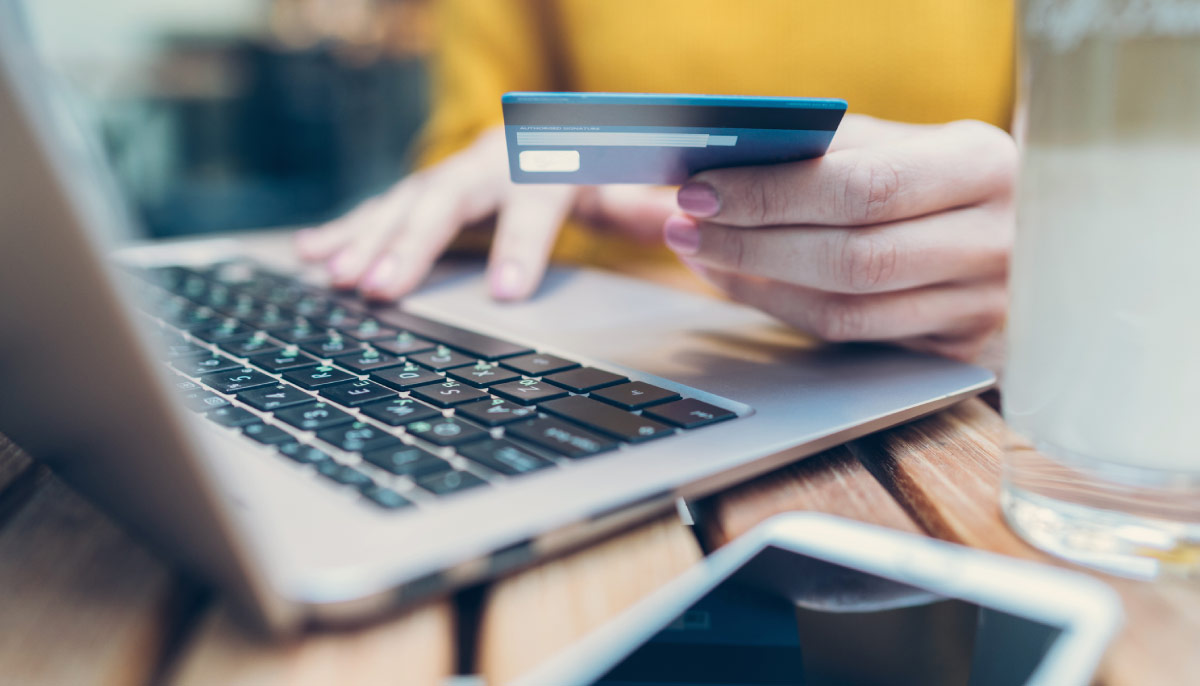5 Things to Know About Digital Payments
Fewer industries have evolved more over the past few years than the digital payment industry. From security chips in payment cards crossing the Atlantic and becoming prominent in North America to companies like PayPal becoming independent, the landscape of digital payments continues to change at a rapid pace.
But what should retailers know about digital payments and how the ever-changing landscape will affect both their online and offline business? Here are five things to know about digital payments moving forward…
1) Samsung Pay and Apple Pay are both similar yet different – Two of the largest technology product companies in the world have recently launched their own payment services. While NFC (Near Field Communication, or radio communication between two devices) services such as Google Wallet have existed for quite some time, these two services are expected to drastically increase the adoption rates of payment service solutions. However, there are also some differences between the two services. Apple Pay is generally regarded as easier to use as payment only requires a tap and a fingerprint scan while Samsung Pay requires a card selection first before any authentication process. In its defense, Samsung Pay does have the technology built in to work on more traditional NFC-free magnetic card readers while Apple Pay does not.
2) Many retailers are not ready for in-store digital payments – The last difference between Apple Pay and Samsung Pay could be a hindrance to the adoption rates of Apple Pay, especially in the United States where magnetic card readers are still more common. With this said, Apple Pay usage is actually quite high given the infancy of the solution in the market. A recent study by Phoenix Marketing International indicated approximately 70% of iPhone 6 users have signed up for Apple Pay, a percentage that has not only exceeded projections but is testing how quickly some retailers can adapt to emerging payment technology. Although Apple has stated over 700,000 locations accept Apple Pay, approximately 50% of service users who visited a store listed as accepting Apple Pay were unable to complete their transaction using the technology (primarily due to false advertising, technology failure, or technological ineptitude).
3) Payments with smart watches will happen very soon – The Apple Watch is proving the buzz around the product is real, with approximately one million preorders so far and more expected to come before the official product launch. With the watch having NFC built in from the start, it is being viewed as a product that will force retailers to get up to speed with accepting payments via NFC in their stores. Considering the fact that Samsung Pay will not work with Samsung Gear (the company’s smart watch) nor will Samsung Pay even be available until “summer 2015” and at least for now Apple may have the upper hand in payment simplicity.
4) More competition for digital payments related to online sales – While PayPal still has a strong presence as the digital payment service of choice for many online retail sites, competition is beginning to emerge from both emerging companies and online retail giants. Smaller companies such as WePay, Dwolla, Braintree, and Stripe are keeping PayPal on its toes as they innovate how digital payments are being processed and how consumer information is stored. Especially in emerging online retail countries, companies such as Alibaba have created their own payment service for their sites to assist in facilitating digital transactions. Whether these larger companies bring their payment services to more established eCommerce markets remains to be seen, but unlike smaller companies the capital certainly exists to attempt such an initiative without significant risk.
5) Cryptocurrencies are looking less and less like a “fad” – Think of cryptocurrencies, such as Bitcoin, as “digital cash” to be spent online as a consumer chooses. Available to purchase from an online exchange (like a digital version of a bank) with a credit or debit card, there are many cryptocurrencies available and usage continues to grow. In fact, according to Juniper Research, daily transaction volume for cryptocurrencies has increased by 50% over the past year and 4.7 million consumers are projected to use Bitcoin by 2019. The proof of the success of cryptocurrencies is in the integration of the currencies into online retail sites, with several top eCommerce sites in the U.S. now accepting Bitcoin as a form of payment.
In conclusion, the digital payment landscape is changing both online and offline at a brisk pace. Brick-and-mortar consumers are pushing retailers for an easier and more seamless way to pay using NFC and magnetic communication and online consumers are looking at alternative payment options including emerging payment services and cryptocurrencies. Digital payments will likely continue to be a catalyst for digital innovation in the coming years and may have a significant impact in how the retail industry as a whole evolves over the next decade.



